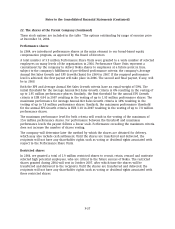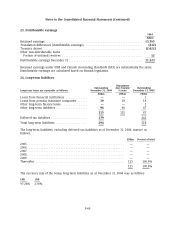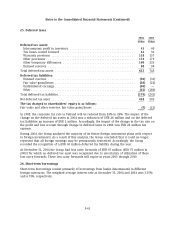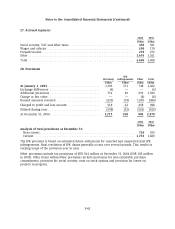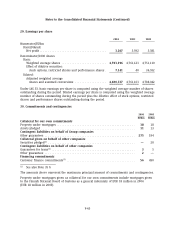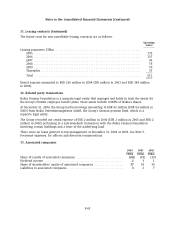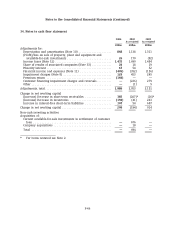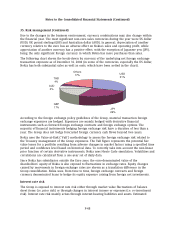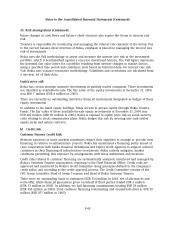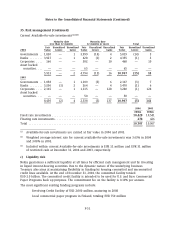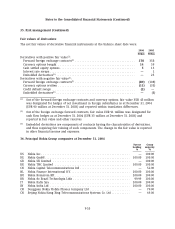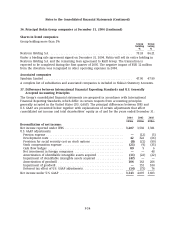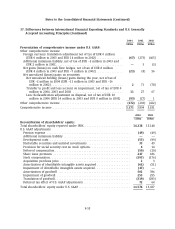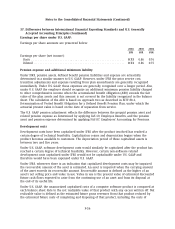Nokia 2004 Annual Report Download - page 172
Download and view the complete annual report
Please find page 172 of the 2004 Nokia annual report below. You can navigate through the pages in the report by either clicking on the pages listed below, or by using the keyword search tool below to find specific information within the annual report.Notes to the Consolidated Financial Statements (Continued)
35. Risk management
General risk management principles
Nokia’s overall risk management concept is based on visibility of the key risks preventing Nokia
from reaching its business objectives. This covers all risk areas; strategic, operational, financial and
hazard risks. Risk management at Nokia is a systematic and pro-active way to analyze, review
and manage all opportunities, threats and risks related to Nokia´s objectives rather than to solely
eliminate risks.
The principles documented in Nokia´s Risk Policy and accepted by the Audit Committee of the
Board of Directors require risk management and its elements to be integrated into business
processes. One of the main principles is that the business or function owner is also the risk owner,
however, it is everyone’s responsibility at Nokia to identify risks preventing us from reaching our
objectives.
Key risks are reported to the business and Group level management to create assurance on
business risks and to enable prioritization of risk management implementation at Nokia. In
addition to general principles there are specific risk management policies covering, for example,
treasury and customer finance risks.
Financial risks
The key financial targets for Nokia are growth, profitability, operational efficiency and a strong
balance sheet. The objective for the Treasury function is twofold: to guarantee cost-efficient
funding for the Group at all times, and to identify, evaluate and hedge financial risks in close
co-operation with the business groups. There is a strong focus in Nokia on creating shareholder
value. The Treasury function supports this aim by minimizing the adverse effects caused by
fluctuations in the financial markets on the profitability of the underlying businesses and by
managing the balance sheet structure of the Group.
Nokia has Treasury Centers in Geneva, Singapore/Beijing and New York/Sao Paolo, and a Corporate
Treasury unit in Espoo. This international organization enables Nokia to provide the Group
companies with financial services according to local needs and requirements.
The Treasury function is governed by policies approved by top management. Treasury Policy
provides principles for overall financial risk management and determines the allocation of
responsibilities for financial risk management in Nokia. Operating Policies cover specific areas such
as foreign exchange risk, interest rate risk, use of derivative financial instruments, as well as
liquidity and credit risk. Nokia is risk averse in its Treasury activities. Business Groups have
detailed Standard Operating Procedures supplementing the Treasury Policy in financial risk
management related issues.
a) Market risk
Foreign exchange risk
Nokia operates globally and is thus exposed to foreign exchange risk arising from various currency
combinations. Foreign currency denominated assets and liabilities together with expected cash
flows from highly probable purchases and sales give rise to foreign exchange exposures. These
transaction exposures are managed against various local currencies because of Nokia’s substantial
production and sales outside the Eurozone.
F-47


